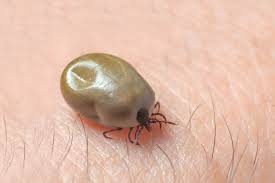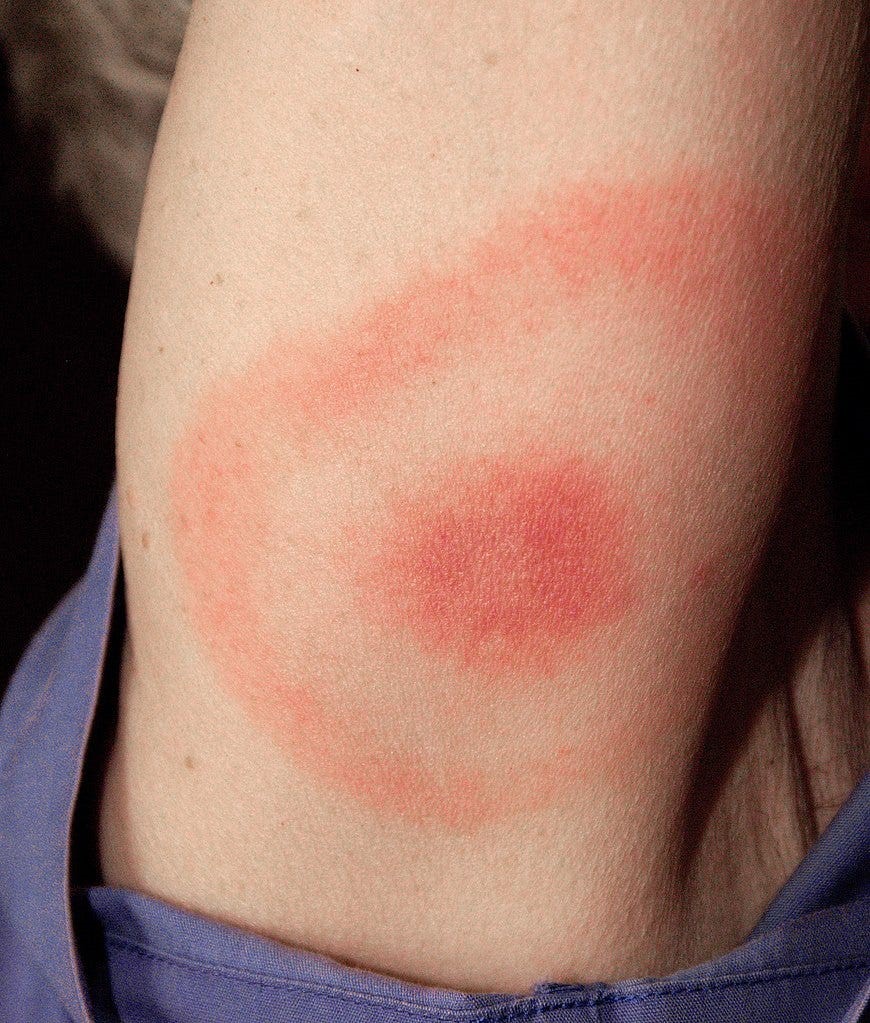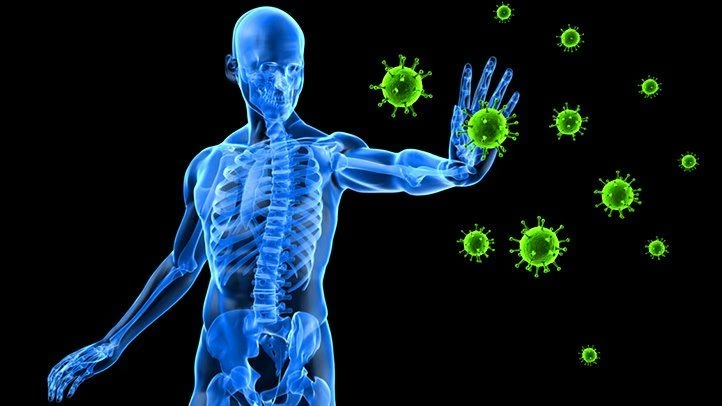The number of cases reported for Lyme disease has increased as the tick season has started this spring. The environmental changes is enabling ticks growth and producing Lyme bacterium called borrelia bacteria. This tick disease is most commonly found in the United States, upper Midwest, northeastern and mid-Atlantic states, Europe, and south-central and southeastern Canada. People who spend their time in woody, grassy, or brushy areas are likely to suffer from Lyme illness as the ticks usually live there. Therefore, it is important to take safety measures to lower the risk of suffering from the disease. In this article, we can learn the symptoms, causes, and treatment of Lyme illness.

Symptoms of Lyme disease
A tick bite is similar to a mosquito bite. It looks like a tiny, itchy bump on your skin. However, not everyone who has this bump has Lyme illness. The tick that carries the bacteria only can cause Lyme illness and usually, most of the symptoms appear stage by stage.
Stage 1
The early symptoms of this disease usually appear within 3 to 30 days after a tick bite.
Although a rash is considered to be a common sign, it doesn’t usually happen for everyone. A rash looks clear in the center and resembles a target or bull’s-eye. They often feel warm to the touch but not painful or itchy. In stage 1, other possible symptoms include:
- Extreme tiredness
- Muscle aches and pains
- Headache
- Fever
- Joint stiffness
- Swollen lymph nodes
If not treated at the right time, stage 2 of the illness begins.
Stage 2
If the treatment is delayed, then the other serious symptoms begin to appear within 3 to 10 weeks after a tick bite. This stage 2 is often considered serious and spread across the body. That’s why it is called early disseminated disease.
Stage 2 symptoms are as follows:
- Muscle weakness on both sides of the face
- Irregular heartbeats
- Neck pain or stiffness
- Rashes spread to other parts of the body
- Pain, weakness, or numbness in the hands and feet
- Pain in the eye nerves or vision loss
Stage 3
Stage 3 is called late disseminated disease which begins usually from 2 to 12 months after a tick bite. In this stage, the affected person suffers from arthritis, and a few studies reported that in Europe, the tick bite has caused a skin condition called acrodermatitis chronic atrophicans. There will be discoloration and swelling on the backs of the hands and tops of the feet. In serious cases, tissue or joint damage will appear.
Treatment of Lyme disease
Based on several studies, scientists have found that tick-borne diseases rely on the enzyme called lactate dehydrogenase (BbLDH) to convert pyruvate to lactate which is important for maintaining its NADH/NAD+ balance. This adaptation process plays a crucial role in the bacterium’s survival. The researchers have identified BbLDH’s role in infecting the host and spreading the disease across the body. So, to target this BbLDH can be potential to treat Lyme disease and other tick-borne diseases.


